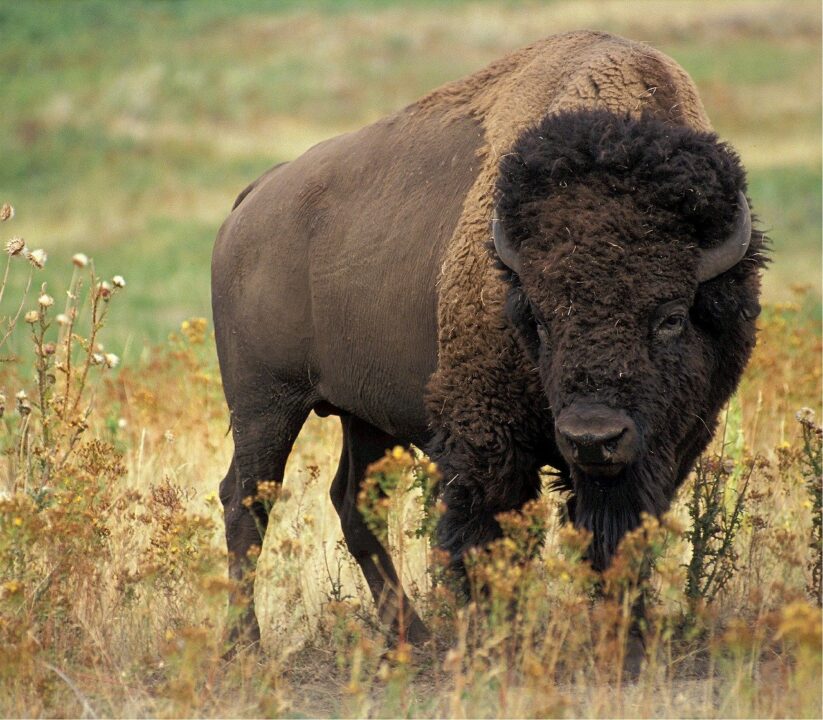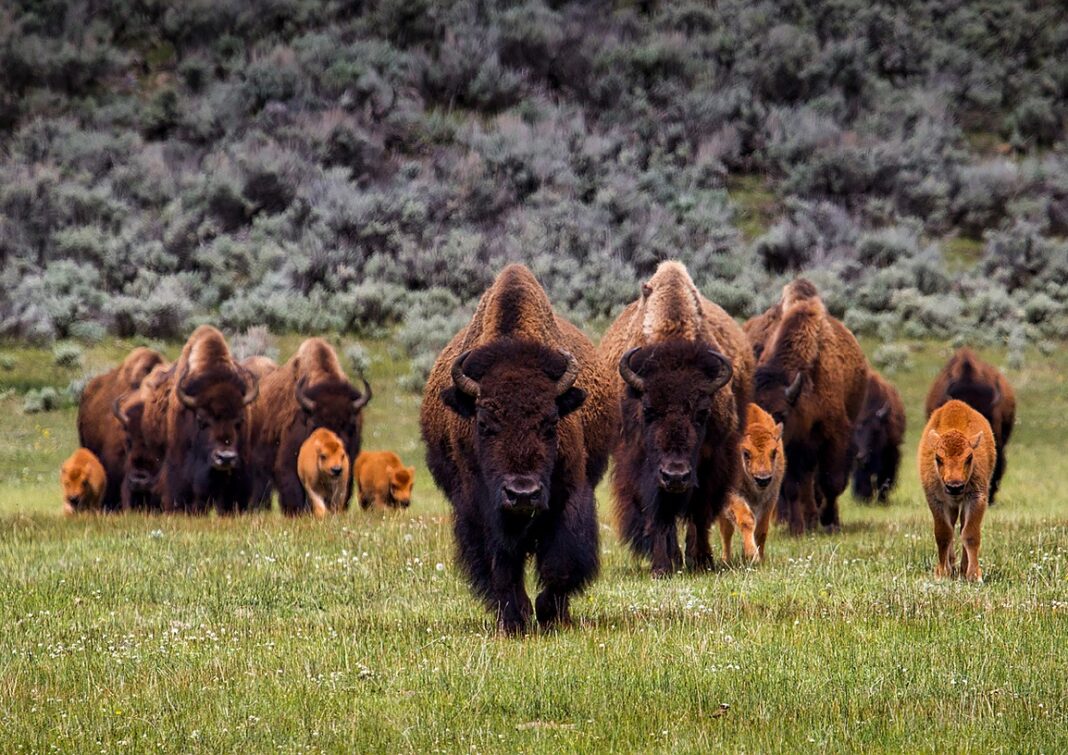Some Germans welcome the return of bison to the wild; others are afraid of them. Environmentalists say Germany needs to prepared for the bison return.
The last wild bison was shot in Germany in 1919. However, the authorities kept the small population captive. And in 1954, several animals were released into eastern Poland. Later, other European countries, including Switzerland and the Netherlands, welcomed the bison herds.
Bison Return
“The goal is to bring 2% of Germany’s wilderness,” ecologist Stefan Schwill told the BBC, a member of the Order Delta project. Currently, only 0.6% of Germany is classified as wild.

Several non-government organizations founded the Order Delta project in 2015. The project aims to return 250,000 hectares (965 square miles) on the German-Polish border to the wilderness.
Although the human hand must help a little at first, then nature can handle itself. In 1995, a dam broke in a German area. The mass of water degraded the farmland and gave space to wild species, including beavers and sea eagles.
Authorities Response to Bison Return
Due to the ban on hunting, bison number has increased over time. There are 13 wild bison herds in Poland. Three years ago, a wild bison wandered into Germany. Authorities ordered to remove it because they feared the large mammal could cause property damage.
Part of the German population is excited about the large mammal return. Others are worried because the large mammals might damage their cars, lands. They might hurt livestock or man. The question is, who will be responsible for potential harms.
Source: https://www.bbc.com/future/article/20200929-how-wolves-and-bison-are-returning-to-europe















